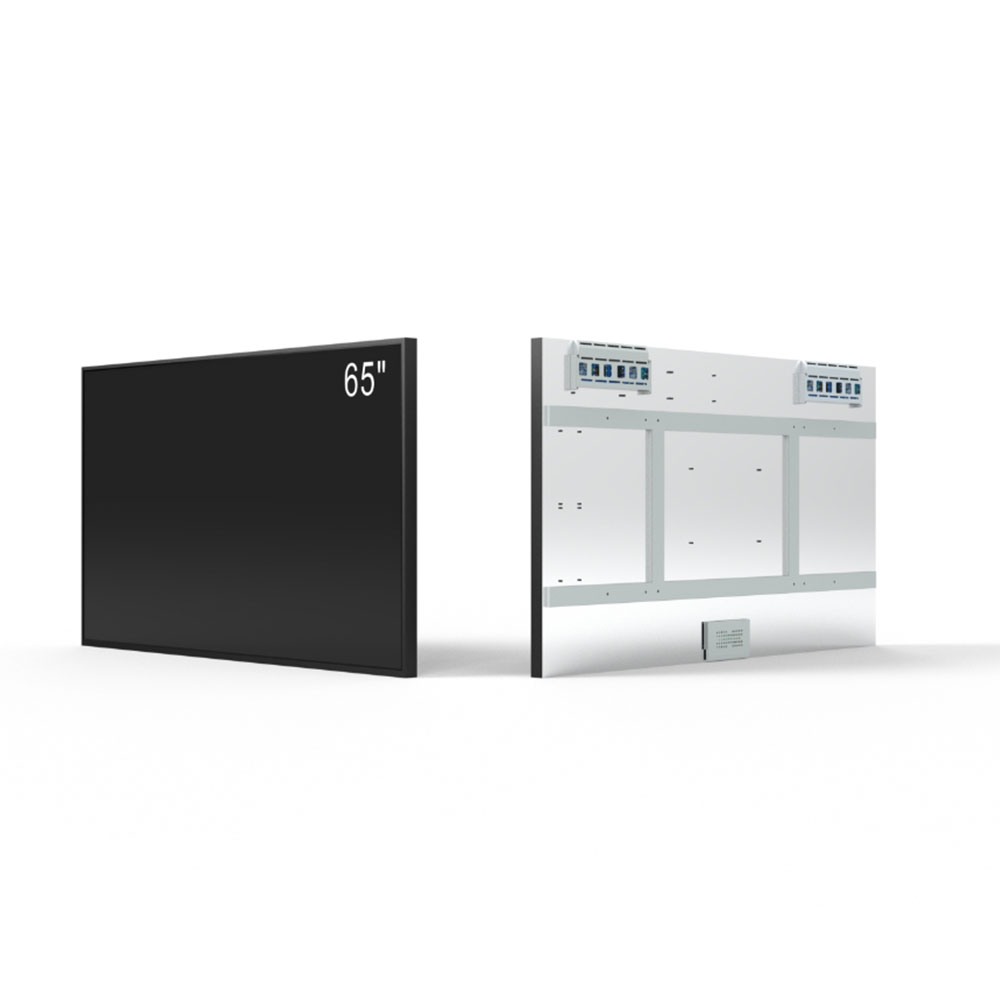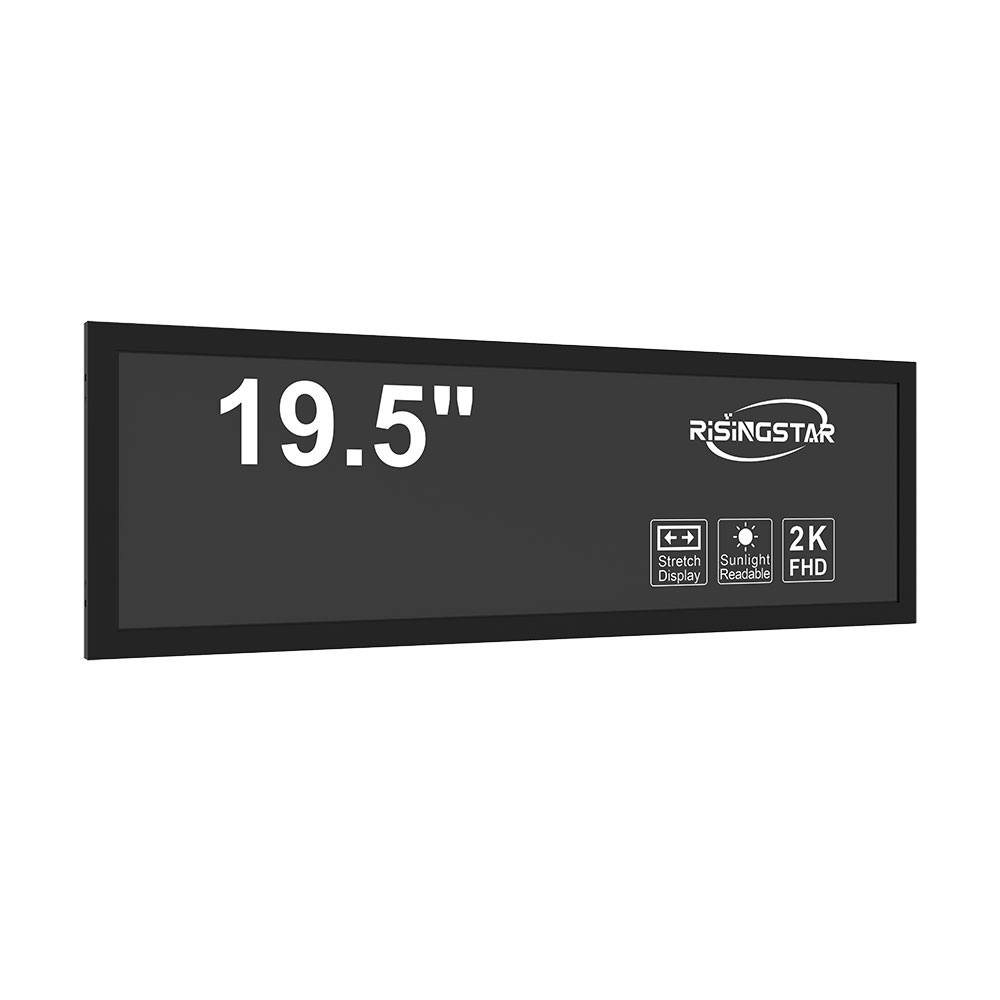
Privacy statement: Your privacy is very important to Us. Our company promises not to disclose your personal information to any external company without your explicit permission.
In modern transportation infrastructure, reliable and real-time passenger information displays (PIDs) are essential for enhancing safety, efficiency, and user experience. Outdoor high-brightness LCD displays have emerged as the preferred solution for airports, train stations, bus terminals, and metro systems worldwide due to their durability, visibility under direct sunlight, and adaptability to harsh environmental conditions.
According to a 2023 report by MarketsandMarkets, the global smart transit signage market is projected to grow at a CAGR of 9.7% from 2023 to 2028, driven largely by demand for dynamic digital signage in public transport. These displays must operate continuously in environments with extreme temperatures, humidity, dust, and UV exposure—requirements that standard indoor LCDs cannot meet.
Outdoor high-brightness LCD screens typically offer brightness levels ranging from 5,000 to 10,000 nits, far exceeding the 250–500 nits of conventional displays. This ensures legibility even under direct sunlight—a critical factor in open-air transit hubs. For example, Heathrow Airport in London deployed 4K outdoor LED-LCD hybrid displays capable of 7,000 nits, reducing passenger confusion during peak hours and improving boarding times.
The technology behind these displays includes advanced anti-glare coatings, IP65 or higher ingress protection ratings, and wide operating temperature ranges (-30°C to +60°C). Many manufacturers now integrate built-in environmental sensors (temperature, humidity, light) to automatically adjust brightness and optimize energy consumption—a feature increasingly required by green building certifications such as LEED.

Case studies from Singapore’s Mass Rapid Transit (MRT) show that deploying outdoor high-brightness LCDs reduced miscommunication incidents by 40% over six months. Similarly, Tokyo Metro implemented a centralized content management system linked to real-time data feeds from GPS-tracked vehicles, enabling dynamic updates on delays, platform changes, and service alerts—all visible on high-brightness outdoor panels.

From an engineering standpoint, thermal management is crucial. Passive cooling systems with heat sinks and active ventilation fans are commonly used to prevent overheating. Additionally, power redundancy and fail-safe modes ensure continuous operation—even during brief outages.
For integrators and city planners, selecting the right PID involves evaluating not just display specs but also software compatibility, remote monitoring capabilities, and long-term maintenance support. Industry standards like EN 50121 (railway electronic equipment immunity) and IEC 60068-2 (environmental testing) guide procurement decisions.
Ultimately, outdoor high-brightness LCDs are no longer optional—they are a necessity in intelligent transportation systems (ITS). Their role extends beyond information delivery; they contribute to urban resilience, accessibility, and sustainable mobility. As cities grow smarter, investing in robust, scalable, and human-centric display technologies becomes imperative.
Email to this supplier

Privacy statement: Your privacy is very important to Us. Our company promises not to disclose your personal information to any external company without your explicit permission.